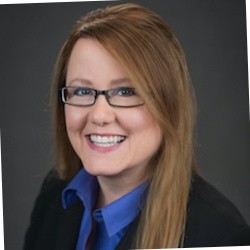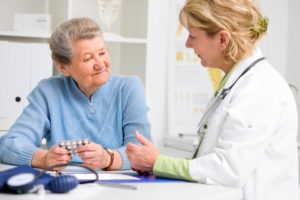Information sharing, integration needed in LTC: survey
Not-for-profit senior living organizations increasingly are using technology to document; exchange information; monitor health, wellness and safety; and offer social connectedness to residents/clients, but they have a way to go when it comes to sharing information with non-affiliated entities and integrating some of the collected monitoring data across their systems. That’s according to a survey of 100 large providers conducted by LeadingAge, its Center for Aging Services Technologies (CAST) and specialty investment bank Ziegler.
The LeadingAge Ziegler 100 Technology Adoption and Utilization Survey found that, despite the use of monitoring technologies related physical and behavioral health, 78.9 percent of respondents who use such systems say they do not electronically incorporate information obtained through the monitoring technologies into other medical records systems within their organizations.
“[LeadingAge Ziegler 100] providers we surveyed show strong commitment to safety, social connectedness and electronic documentation technologies," says Majd Alwan, PhD, senior vice president of technology at LeadingAge, executive director of LeadingAge CAST and a member of the Long-Term Living editorial advisory board. “We hope and expect to see higher utilization of health information exchange with other providers to facilitate care coordination across settings, and higher adoption rates for telehealth, remote patient monitoring and telecare in the future.”
LeadingAge and Ziegler collected data for the analysis between January and July. Some of the survey’s findings:
- The most commonly used electronic documentation technologies among survey participants are point-of-care/point-of-service systems (used by 83 percent of respondents) and electronic medical records/electronic health record systems (75.5 percent), but 9.6 percent of respondents said they don’t use either type.
- Regarding health and wellness monitoring technologies, 88 percent of survey participants use access control or some kind of wander management system in at least one of their facilities, 82.6 percent have implemented user-activated emergency response systems and 41.3 percent are installing automatic falls detection systems.
- When it comes to safety monitoring technologies, 67.9 percent of respondents use physical exercise, therapy and rehabilitation technologies other than typical occupational and physical therapy equipment, and 44.1 percent use brain health/cognitive stimulation/cognitive training technologies.
- Survey participants most frequently use electronic information exchange and integration (not including faxes and regular emails) for medication orders and e-prescribing (28.6 percent), laboratory orders and results (25 percent) and diagnostic test orders and results other than radiology and labs (22.2 percent). Respondents were less likely to exchange with non-affiliated entities such as hospitals their care plans; non-regulatory assessments; clinical notes and observations; advance directives; lists of problems, allergies and medications; and summary reports, including reports related to discharges, transfers and consults.
- The most popular social connectedness technology or service offered by respondents, by far, is Internet access (91.7 percent); 34.5 percent offer simplified email systems for residents or clients.
Information exchange with non-affiliated partners is crucial to improving the coordination and quality of care between senior living communities and hospitals and accountable care organizations, the survey report notes. Also, the authors state, CAST believes that the use of telemonitoring activities is vital to improving disease prevention and care management and coordination efforts.
See other content by this author here.

Lois A. Bowers was senior editor of I Advance Senior Care / Long-Term Living from 2013-2015.
Related Articles
Topics: Articles , Technology & IT











